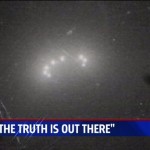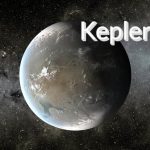According to a new study published in the journal “Nature,” scientists have discovered a mysterious celestial object during a survey of the Milky Way’s plane. This object, located in the direction of the constellation of Shield, behaves in a way that contradicts existing theories, making it difficult for scientists to explain its mechanism of operation from a natural perspective. This has led to intriguing speculation: could it be a beacon from an advanced civilization? Let’s take a closer look at what’s going on.
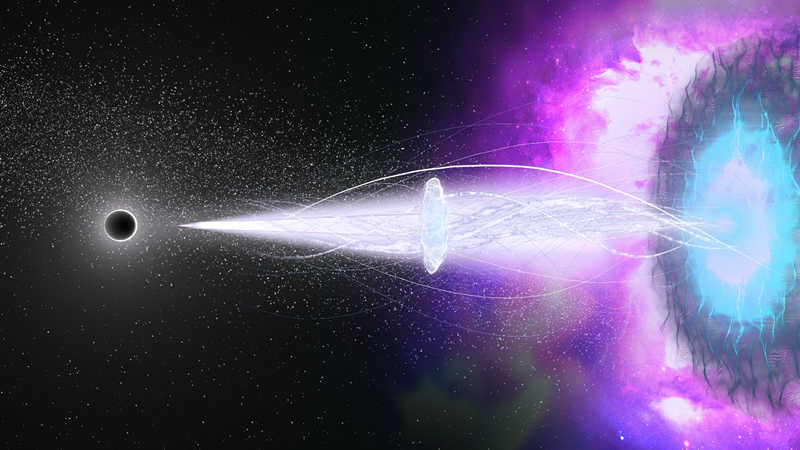
This enigmatic celestial object has been named “GPM J1839-10” and is approximately 15,000 light-years away from us. In this study, scientists used the Murchison Widefield Array (MWA) radio telescope and discovered that “GPM J1839-10” emits powerful radio pulses towards Earth every 21 minutes. The brightness of these pulses varies by two orders of magnitude, with durations ranging from 30 to 300 seconds and featuring a quasi-periodic substructure, indicating a high level of regularity.
In subsequent research, scientists retrieved a wealth of historical observation data for the region where “GPM J1839-10” is located. They found that “GPM J1839-10” had actually been recorded in past observations multiple times, but it had gone unnoticed. The earliest recorded data dates back to 1988, indicating that it is a real and stable celestial object. For at least the past 30 years, it has been emitting radio pulses with a specific periodicity.
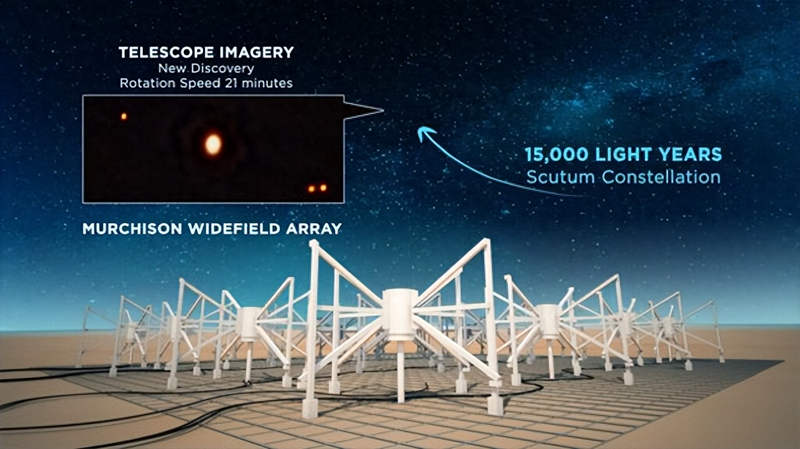
Scientists believe that, based on the intensity of the radio pulses emitted by “GPM J1839-10,” it closely resembles only magnetic stars among all known natural celestial objects in the universe.
Magnetic stars, in particular, are a type of neutron star, dense remnants left behind after the death of massive stars. Compared to ordinary neutron stars, magnetic stars have much stronger magnetic fields, allowing them to emit extremely powerful electromagnetic radiation beams from their two magnetic poles. As magnetic stars rotate, their emitted electromagnetic radiation beams periodically sweep through space. If the Earth’s region is within this sweep, we can directly observe highly regular radio pulses.
It’s important to note that the presence of a magnetic field in magnetic stars is closely related to their own rotation. In simple terms, during the rotation process, magnetic stars can generate a magnetic field through a physical process known as the “dynamo effect.” Within a certain range, the faster the rotation of a magnetic star, the stronger its magnetic field, and vice versa.
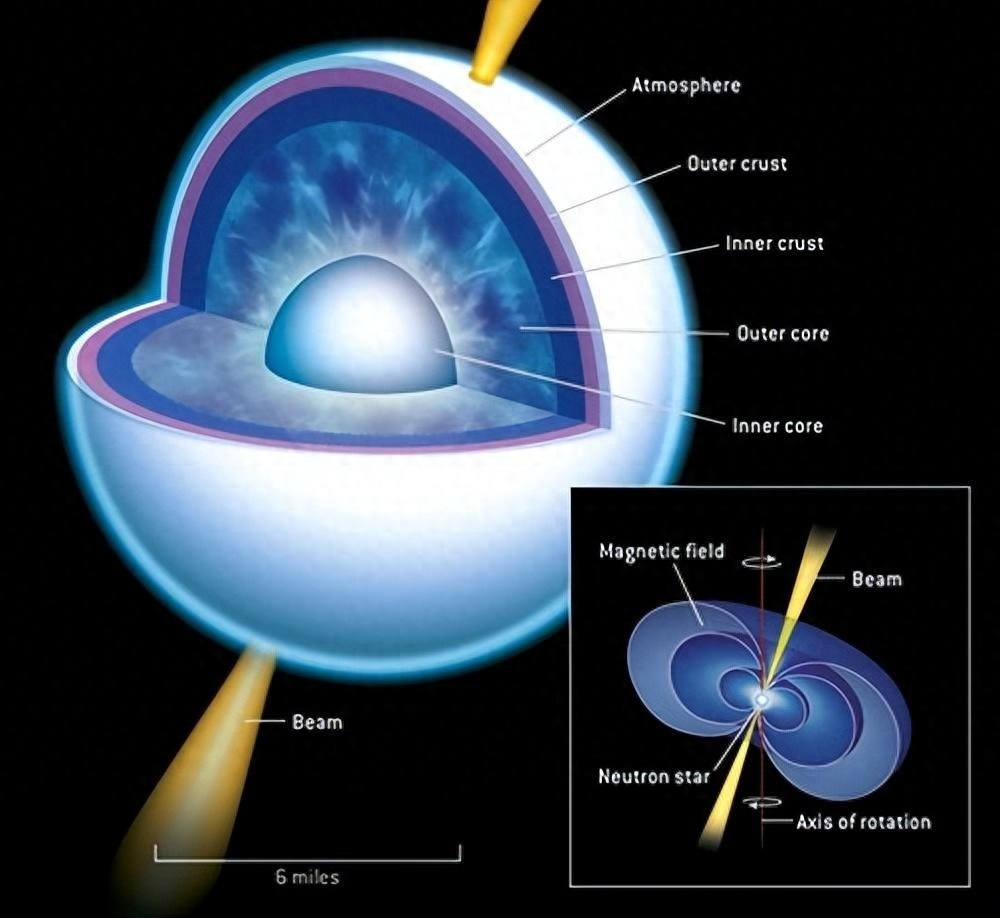
So theoretically, if the rotation speed of magnetic stars falls below a critical value, they cannot emit strong electromagnetic radiation beams due to the weak magnetic field generated. Past observations have indeed confirmed this theory, as known magnetic stars typically have very short rotation periods, usually between a few seconds and a few minutes.
However, the pulse period of “GPM J1839-10” is a lengthy 21 minutes, significantly below the theoretical critical value. In other words, based on its rotation speed, its magnetic field strength shouldn’t even reach the standard for magnetic stars.
So, the question arises: if “GPM J1839-10” is not a magnetic star, what kind of celestial object could it be? Scientists currently cannot provide a reasonable explanation for this. After all, among known natural celestial objects, no other types besides magnetic stars match the intensity of the radio pulses emitted by “GPM J1839-10.”

This situation prompts intriguing speculation: is it possible that “GPM J1839-10” is not naturally formed but rather the creation of powerful advanced civilizations in the universe? We cannot entirely rule out this possibility.
In the vast cosmos, even advanced civilizations could easily “get lost,” so they might need to build unique beacons for navigation, and “GPM J1839-10” could be one such beacon created by an advanced civilization. Using advanced technology, they could significantly slow down the rotation speed of a magnetic star while maintaining its powerful magnetic field. This would make it distinctly different from naturally formed magnetic stars, making it easier to identify. Alternatively, in a sufficiently advanced technological scenario, advanced civilizations might even construct a giant beacon directly in space.
Of course, this is purely speculative, and it’s essential to approach the phenomenon from a natural perspective. Scientists speculate that “GPM J1839-10” could be a type of celestial object never before discovered, or there may be errors and gaps in our current understanding of neutron stars and magnetic stars that require theoretical revisions.
As of now, research on this matter is ongoing, and we look forward to scientists unveiling the mysterious aspects of this celestial object in the future.
More UFOs and mysterious files, please check out our YouTube channel: MysFiles
Is the moon artificial? Evidence Proves the Moon Was Unnaturally Formed


